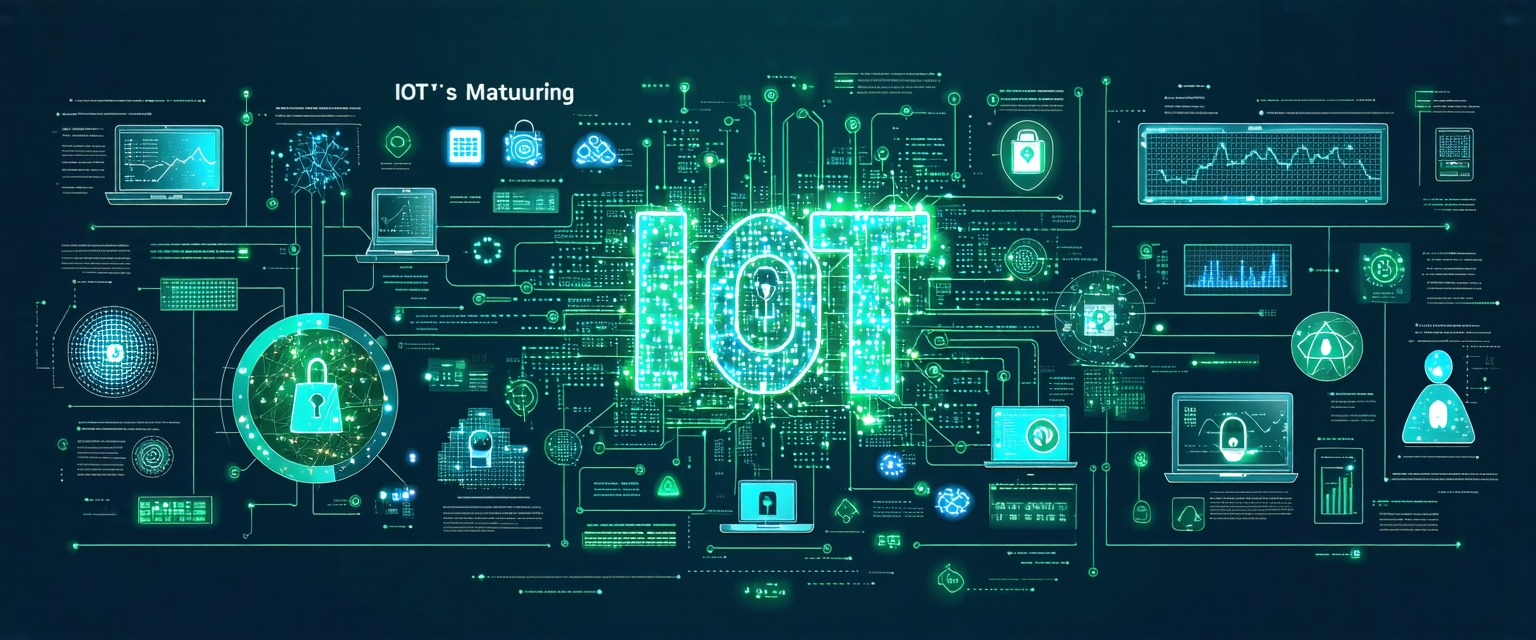






The Internet of Things (IoT), the network of interconnected physical devices embedded with sensors, software, and other technologies for the purpose of exchanging data with other devices and systems over the internet, has rapidly evolved from a futuristic concept to a ubiquitous reality. Driven by advancements in computing power, connectivity, and data analytics, IoT is reshaping industries and daily life. However, its rapid growth also presents significant challenges.
The seeds of IoT were sown decades ago with the advent of embedded systems and early forms of machine-to-machine (M2M) communication. The convergence of affordable microprocessors, wireless technologies (like Wi-Fi and Bluetooth), and the widespread adoption of the internet created the fertile ground for IoT’s explosive growth in the 21st century.
Early applications focused on industrial automation and remote monitoring. However, the proliferation of smartphones and cloud computing significantly broadened the scope of IoT, leading to its integration into consumer electronics, healthcare, smart homes, and countless other domains.
The current landscape of IoT is characterized by increasing sophistication and specialization. We’re seeing the rise of artificial intelligence (AI) at the edge, allowing devices to process data locally and make real-time decisions without constant cloud connectivity. This reduces latency and enhances security.
Furthermore, advancements in low-power wide-area networks (LPWANs) are enabling the deployment of massive numbers of interconnected devices in remote locations, opening new possibilities for applications in agriculture, environmental monitoring, and smart cities. The development of robust cybersecurity measures is also a key area of focus as the number of connected devices continues to grow exponentially.
According to Gartner, “the total number of IoT endpoints is projected to reach 25.4 billion units in 2025.” (Source: Gartner) This massive scale underscores the transformative potential of IoT, but also highlights the need for robust security measures. Experts at IDC highlight the increasing importance of edge computing in managing the vast amounts of data generated by IoT devices. (Source: IDC)
Many security experts, including those at Forrester Research, emphasize the crucial need for improved security protocols and regulatory frameworks to mitigate the risks associated with the growing interconnectedness of devices. (Source: Forrester Research)
The future of IoT presents both immense opportunities and significant risks. On the opportunity side, IoT has the potential to drive significant economic growth, improve efficiency in various sectors, and enhance our quality of life through innovative applications in healthcare, transportation, and environmental sustainability.
However, significant risks remain, including concerns about data privacy, cybersecurity vulnerabilities, and the potential for misuse of IoT data. Addressing these challenges will require a collaborative effort from industry stakeholders, governments, and researchers to establish clear guidelines, develop robust security protocols, and foster public trust. Further development will likely focus on improving interoperability, standardizing protocols, and addressing ethical concerns related to data usage and algorithmic bias.